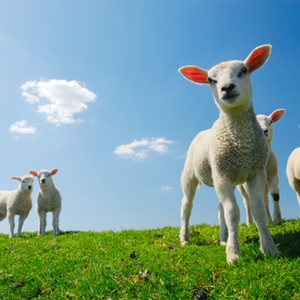
Sheep clones are not patentable, court rules
May 9, 2014 5:50 pm Leave your thoughts
Patent cases occur frequently as companies engage in disputes over the true ownership of unique inventions. These cases are common in the technology industry, but how does patent law apply to the cloning of living beings?
In 1997, scientists in Scotland successfully cloned the first mammal, a sheep at the Roslin Institute, using somatic cell nuclear transfer. "Dolly" lived to be six years old and was the first sheep to be cloned using an adult cell.
It was recently reported that Dolly's creators sought patent protection for their cloned sheep in the U.S. and were not granted it. According to the U.S. Court of Appeals, the cloned animals "are just genetic copies of naturally occurring beings," Bloomberg reported.
According to the source, the Roslin Institute argued that the cloned animal could be different from the original animal. The argument was that "the cloned animal was different because it might have mitochondrial DNA from the host egg, and may look or act differently from the original animal through environmental factors that would alter its shape, size, color and behavior," the article reported.
Since Roslin did not create any new genetic material and the court could not find the clones to be distinct from the original donor animal, it was deemed that the clones were merely copies and could not be patented as unique. However, the specific process that is used to create the clones can be patented.
Patent disputes can be costly and result in a great deal of litigation. Businesses must take steps to ensure valuable intellectual property is legally protected. Consult a Phoenix small business attorney to learn how patent law affects your business.
Categorised in: Intellectual Property Law
This post was written by




